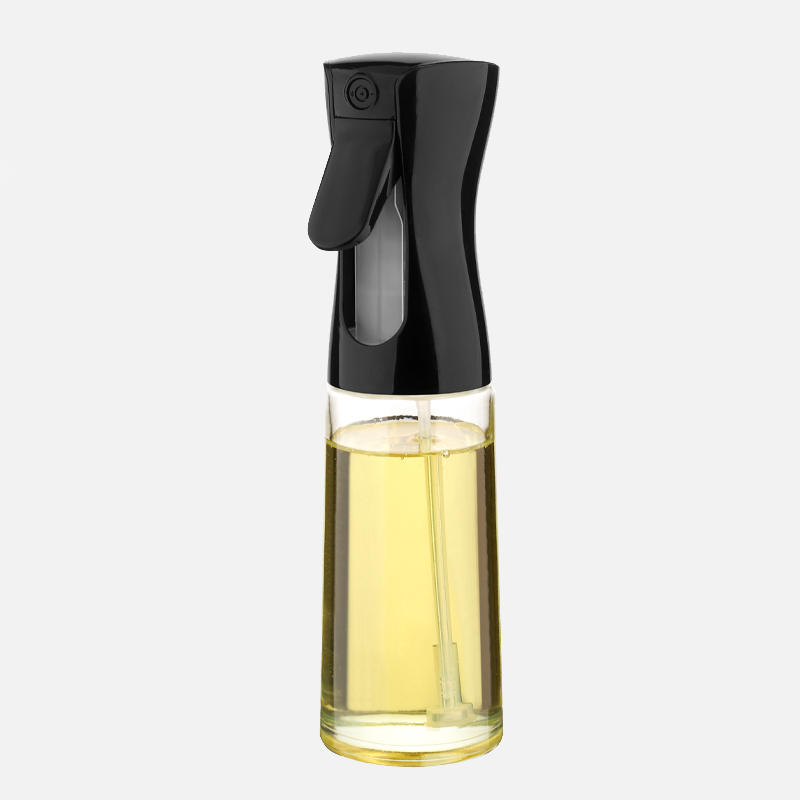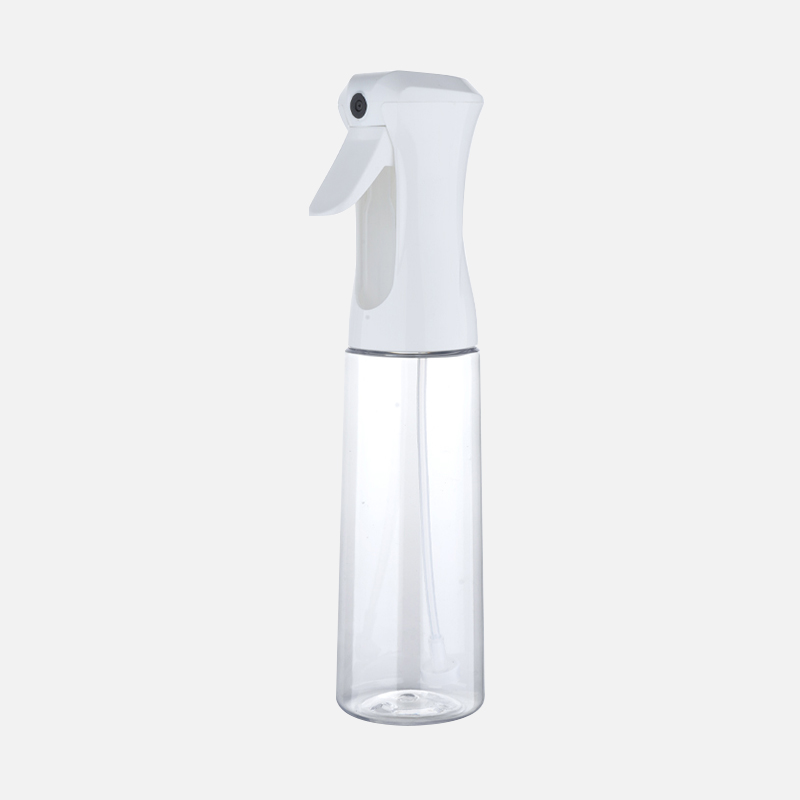When it comes to selecting eco-friendly pump head options for cosmetics, brands are confronted with a multifaceted challenge that requires careful consideration of various factors. Sustainability has become a paramount concern in the cosmetics industry, as consumers increasingly demand products that align with their environmental values. Pump heads, which are integral components of cosmetic packaging, play a crucial role in this regard, as they directly impact both the environmental footprint of products and the overall user experience.
One of the primary considerations for brands when choosing eco-friendly pump head options is the selection of materials. Traditional pump heads are often made from virgin plastics, which contribute to environmental degradation and resource depletion. To address this issue, brands are exploring alternative materials such as recycled plastics, biodegradable plastics, and sustainable alternatives like bamboo or glass. These materials offer the potential to reduce reliance on virgin plastics and promote circularity within the supply chain, thus minimizing environmental impact.
In addition to material selection, brands must also assess the recyclability or biodegradability of pump head options. Sustainable packaging solutions should be designed with end-of-life considerations in mind, ensuring that they can be disposed of responsibly through recycling programs or composting facilities. This requires careful attention to the design and composition of pump heads to facilitate their integration into existing waste management systems and minimize landfill waste.

Furthermore, the design of pump heads is another crucial factor that brands must take into account. Sustainable pump head options should feature minimalistic designs that prioritize functionality and efficiency while minimizing material usage. Streamlined designs not only reduce environmental impact but also contribute to a more aesthetically pleasing and modern packaging aesthetic, aligning with consumer preferences for sustainable yet stylish packaging.
Durability and reusability are also important considerations for brands when selecting eco-friendly pump head options. Pump heads should be designed to withstand multiple uses, prolonging their lifespan and reducing the need for frequent replacement. Brands can also explore refillable or reusable pump head systems that allow consumers to replenish their cosmetics without generating additional packaging waste, thus promoting a circular economy model.
Moreover, leak prevention is a critical aspect of pump head design that directly impacts product integrity and user experience. Sustainable pump head options should feature reliable sealing mechanisms and tight-fitting components to prevent leaks and spills, minimizing product waste and contamination during storage and transportation.
Supply chain transparency is another key consideration for brands when selecting eco-friendly pump head options. Collaborating with suppliers who prioritize ethical sourcing and manufacturing practices enhances transparency and accountability throughout the supply chain. Brands should verify that pump head options are produced under fair labor conditions and comply with relevant environmental standards and certifications to ensure the integrity of their sustainability claims.
Additionally, consumer education and engagement are essential aspects of promoting eco-friendly pump head options. Brands can provide information on packaging materials, recycling instructions, and the environmental benefits of choosing sustainable alternatives to empower consumers to make informed choices. By raising awareness and fostering consumer participation, brands can drive demand for eco-friendly packaging solutions and contribute to positive environmental outcomes.
Cost considerations are also important for brands when selecting eco-friendly pump head options. While prioritizing sustainability is crucial, brands must also ensure that sustainable packaging solutions remain economically viable and competitive in the cosmetics market. Balancing environmental objectives with financial constraints requires careful cost-benefit analysis and investment in innovation to develop cost-effective sustainable packaging solutions.

 English
English 中文简体
中文简体 Tiếng Việt
Tiếng Việt







 :
: